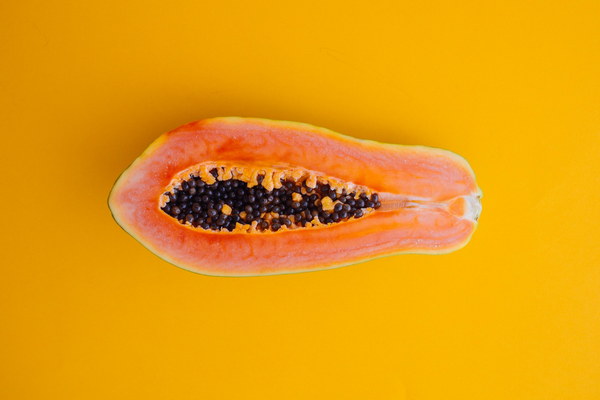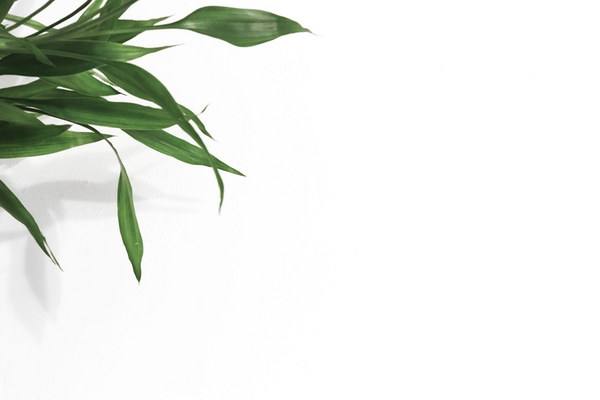Easing Dampness The Potential of Moxibustion at Guanyuan (CV 4) for TCM Wellness
In Traditional Chinese Medicine (TCM), the concept of dampness is considered a common culprit behind various health issues. Moxibustion, a therapeutic technique that utilizes heat to stimulate acupuncture points, has long been recognized as an effective method for addressing dampness. One of the most commonly used points for moxibustion in dampness-related conditions is Guanyuan (CV 4). But does moxibustion at Guanyuan truly help alleviate dampness? This article explores the potential benefits of moxibustion at Guanyuan for treating dampness in TCM.
Guanyuan (CV 4) is an important acupuncture point located on the lower abdomen, specifically in the midline between the navel and the pubic bone. In TCM, this point is believed to have a direct impact on the spleen and kidney functions, which are closely related to the body's ability to manage dampness. The spleen is responsible for transforming and transporting nutrients and fluids, while the kidneys govern water metabolism and fluid balance. Therefore, any imbalance in these organs can lead to the accumulation of dampness.

Moxibustion at Guanyuan aims to stimulate the point's energy, thereby promoting the healthy flow of Qi (vital energy) and blood. By doing so, it may help restore the normal functioning of the spleen and kidneys, leading to the elimination of dampness. Here are several ways in which moxibustion at Guanyuan may contribute to dampness relief:
1. Enhancing Spleen Function: Moxibustion at Guanyuan is thought to boost the spleen's ability to transform and transport nutrients and fluids. This can help prevent dampness from forming, as the spleen will be better equipped to manage fluid balance in the body.
2. Strengthening Kidney Function: As mentioned earlier, the kidneys play a crucial role in fluid balance and water metabolism. By improving kidney function through moxibustion at Guanyuan, the body can more effectively eliminate excess fluids, reducing the risk of dampness accumulation.
3. Improving Blood Circulation: Moxibustion at Guanyuan can increase blood circulation, which is essential for removing dampness. Improved blood flow helps to clear blockages and promote the distribution of nutrients and oxygen throughout the body, thereby supporting the spleen and kidney functions.
4. Reducing Stagnation: TCM theory suggests that dampness often results from Qi and blood stagnation. Moxibustion at Guanyuan can help to disperse stagnation, thus reducing the likelihood of dampness formation.
5. Alleviating Symptoms: Moxibustion at Guanyuan may also provide direct relief from symptoms associated with dampness, such as fatigue, weight gain, bloating, and water retention.
While there is a wealth of anecdotal evidence supporting the effectiveness of moxibustion at Guanyuan for treating dampness, scientific research is still limited. However, some studies have shown promising results. For instance, a study published in the Journal of Traditional Chinese Medicine found that moxibustion at CV 4 significantly improved the symptoms of patients with chronic fatigue syndrome, a condition often associated with dampness.
In conclusion, while more research is needed to fully understand the mechanisms behind moxibustion at Guanyuan for treating dampness, the potential benefits are compelling. By addressing the root causes of dampness and improving the overall health of the spleen and kidneys, moxibustion at Guanyuan may be a valuable addition to TCM treatment protocols for dampness-related conditions. If you're interested in trying moxibustion at Guanyuan, it's always best to consult with a qualified TCM practitioner to ensure the best possible outcome.









